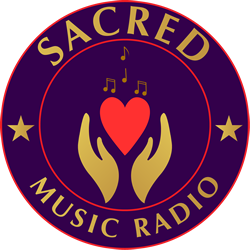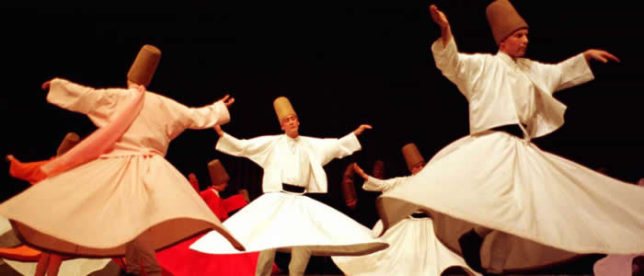Understanding the music you listen to can enhance your meditation
Listening to music to enhance meditation while practicing yoga is more of a controversial idea than you might expect. For some people, it just seems to work; for others, it’s a distraction. What’s most important is to select music that you enjoy listening to and music which serves the purpose you’re trying to achieve. One…
Continue reading →










